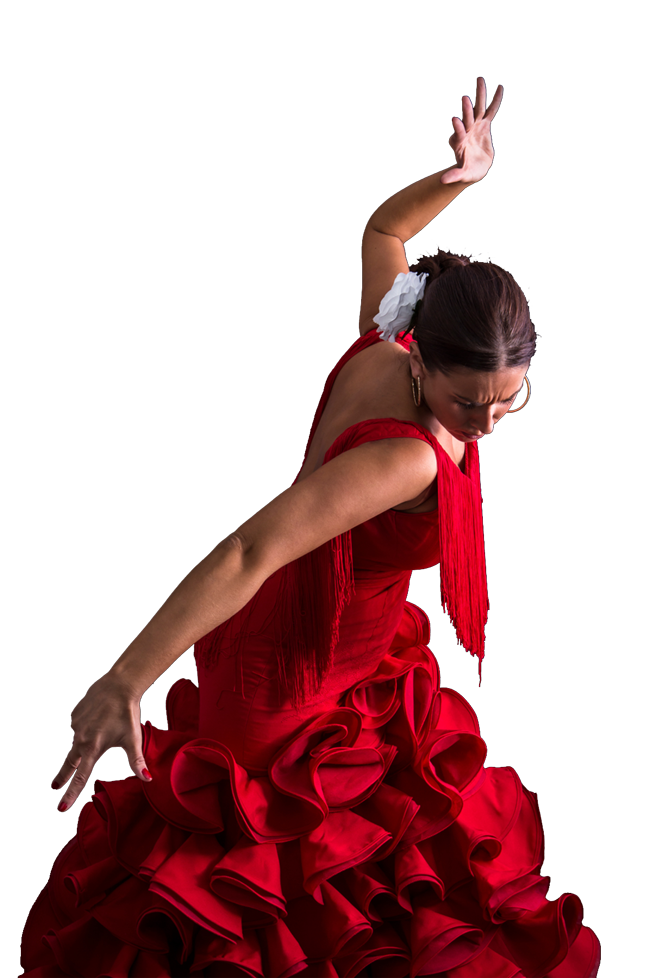A wonderful flamenco dancer brings us closer to the best shops and designers in Madrid.
Paula Rodríguez, one of the stars of the flamenco show in the Cardamomo tablao flamenco, takes us on a tour of the most significant corners of flamenco fashion in Madrid.
The dancer opens the doors of her house and her wardrobe to show us the immensity of variations that exist within this dress, a symbol of spanish culture and flamenco art.
We immerse ourselves in the origins and evolution of the flamenco costume with Paula. Besides being one of the most virtuous flamenco dancers with the shawl, she is an expert in flamenco fashion and is also in her design.
The dancer dresses in style, elegance and joy. Choosing for each dance stick the right dress, and its ideal complements.
Compra entradas para el mejor show flamenco de Madrid
Whether you want to buy your flamenco dress finished, as if you want to create from scratch from fabrics, Paula gives us the answer.
Equally important that the costume are the shoes, the flowers or the petticoats that complement the stylism of the flamenco.
A fashion that is not fashionable, and you can dress in Madrid.
Paula Rodríguez takes all her life to dance, dressing herself with polka dots, lace and flowers for joys, tangos and Soleas. Nowadays, he does it every day in the flamenco show Madrid (18:00/20:00/22:00).
She knows the best places of flamenco fashion in Madrid to get your suit and feel a real flamenco, beautiful and goblin.
Are you coming to visit with us?
You can do it by clicking on the video








